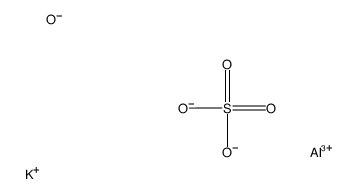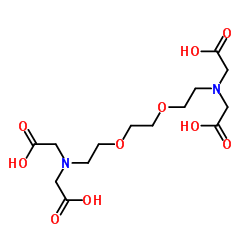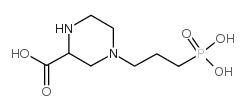| Structure | Name/CAS No. | Articles |
|---|---|---|
 |
Cyclosporin A
CAS:59865-13-3 |
|
 |
Caffeine
CAS:58-08-2 |
|
 |
epoxypropane
CAS:75-56-9 |
|
 |
Gelatin
CAS:9000-70-8 |
|
 |
EGTA
CAS:67-42-5 |
|
 |
Ruthenium
CAS:7440-18-8 |
|
 |
TMRM Perchlorate
CAS:115532-50-8 |
|
 |
(+/-)-2-HYDROXYTRIDECANOICACID
CAS:100828-16-8 |